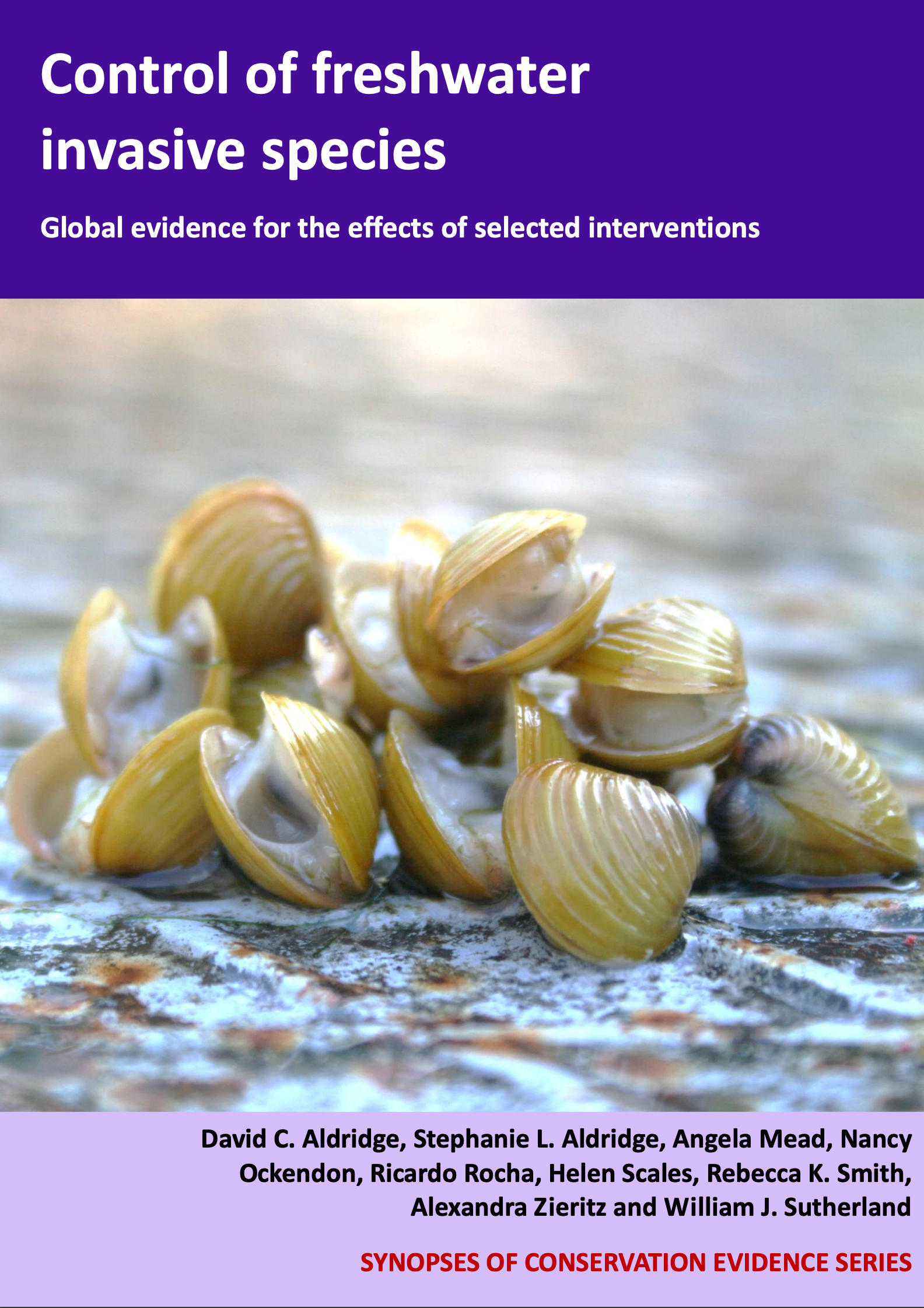Water primrose: Chemical control using herbicides
-
Overall effectiveness category Likely to be beneficial
-
Number of studies: 3
View assessment score
Hide assessment score
How is the evidence assessed?
-
Effectiveness
80% -
Certainty
60% -
Harms
not assessed
Study locations
Supporting evidence from individual studies
A controlled, replicated laboratory study conducted in 2007 in the USA (Champion et al. 2008) found that the herbicide triclopyr TEA (triethylamine) stopped the growth of young cultivated creeping water primrose Ludwigia peploides in comparison to untreated plants. Plants stopped growing and were damaged at concentrations of 0.25% by volume and above. Within two months, 0.25 % triclopyr TEA killed 100 % of treated creeping water primrose. Creeping water primrose seedlings were collected from the wild and cultivated in glasshouses. The plants were grown in water-filled 40 litre tubs containing a bed of sand for at least two months. Herbicide was applied to run off at between 0.25% and 5.00% concentration by volume. Ten plants were tested at each concentration and monitored regularly for signs of herbicide damage. Ten plants were left untreated as controls.
Study and other actions testedA before-and-after field study conducted from 2006 to 2007 in the UK (Centre for Ecology and Hydrology 2007) found that the herbicide glyphosate combined with a non-oil soya sticking agent, reduced the abundance of creeping water primrose Ludwigia peploides. After 56 days, the biomass of creeping water primrose was reduced by over 97% compared with the biomass before treatment. When glyphosate was combined with TopFilm, it reportedly killed the plant. A solution of 360g/litre of glyphosate (Roundup Pro Biactive) was applied at a rate of 6 litres/ha and the non-oil soya sticking agent was applied at a rate of 450 ml/ha. Further details of the experimental treatments, such as area treated, are not provided.
Study and other actions testedA controlled, replicated, randomized study at the National Institute for Agricultural Research, Venezuela (Suárez et al. 2004) found that use of the herbicide halosulfuron-methyl (Sempra) resulted in a significant reduction in water primrose Ludwigia spp. coverage without apparent toxicity to rice plants. Treatment of 60 g active ingredient/ha produced the highest percentage control, with average reduction in water primrose coverage of 80%. The trial was conducted in a randomized block design with five treatments and four repetitions. Treatments were undertaken in experimental plots marked with fixed 0.25m2 metal frames. Sempra, formulated as water dispersible granules at a concentration of 75% halosulfuron-methyl by weight, was applied to rice crops 26 days after sowing at the following range of doses 0, 15, 30, 45 and 60 g active ingredient/ha. The herbicide was applied with a manual sprayer. Weed coverage and rice crop quality were then evaluated.
Study and other actions tested
Where has this evidence come from?
List of journals searched by synopsis
All the journals searched for all synopses
This Action forms part of the Action Synopsis:
Control of Freshwater Invasive Species
Control of Freshwater Invasive Species - Published 2017
Control of Freshwater Invasive Species Synopsis





)_2023.JPG)














